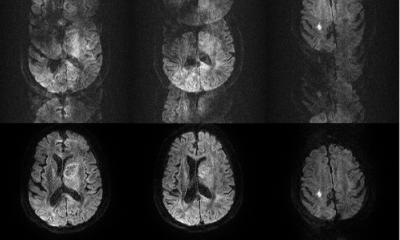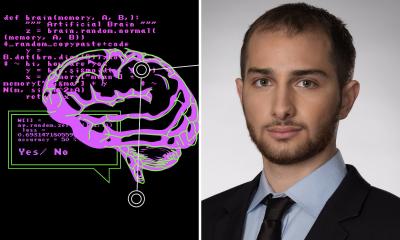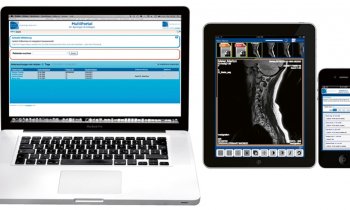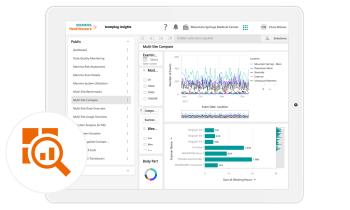Integrating surgical image management
With most radiology departments using digital equipment, smoothing image and data mnagement, CEOs and medical heads of departments aim to achieve those benefits – and particularly paperless systems – across their hospitals. HCI, a consulting and implementation company based in Brilon, Germany, specialises in integrating systems in, for example, operating theatres. Formerly employed in key roles with major operating table manufacturers, HCI’s founder and CEO Andreas Böddicker outlines the potential of integrated image management.

Focusing on how operating theatre (OT) management and surgical image handling systems allow physicians to work with modalities and devices, Andreas Böddicker pointed out: ‘These systems have advanced features, such as 3-D imaging. However, hey are silos (working standalone), or closed environments. These proprietary solutions do not connect with HIS or PACS solutions, which means that theatre nurses must input patient data instead of retrieving information from the leasing (surgical planning and scheduling system in use). It also means that access to these images is restricted to the operating theatre.
Why should hospitals aim for integration?
‘Mature installed systems often have a proprietary storage option, like on CD/VHS or print-outs only. The resulting duplicate entry of data leads to more work, more errors, and slower process. Collaboration for a second opinion with a head surgeon or other departments, such as radiology, and physicians in other rooms is difficult and timeconsuming. In total, the current situation increases the burden on staff as well as patients. Linking OT images to other departments via the hospital IT network allows this ituation to be resolved.’ A PACS, into which surgical images are integrated, and which permits access to existing patient studies from within the operating theatre, helps to eliminate those issues and achieve a smooth workflow, he adds.
What makes a suitable PACS and what role do standards and interfaces play?
‘Among other PACS vendors, we decided to partner with VISUS. Their system supports a high degree of flexibility and advanced features, such as the inclusion of all medical image formats, integration of ECG, visualisation of vessels, and support of 3-D enhancing diagnostic environment as well as planning for procedures. ‘In addition, JiveX adapts perfectly to the diagnostic workflow of clinicians and allows them to achieve results quickly. Images are stored in an audit-proof manner. This solution is entirely DICOM-based, and therefore ensures a future-proof investment.’
Which requirements should a front end meet?
‘The PACS Integration system should provide a single unified user interface for all image sources, in the OT and in all other departments of a hospital. Ergonomics play a key role. The user interface needs to be intuitive to enable minimal training efforts and for fast handling in routine use of the solution.’
What about user acceptance?
‘We find that, in some hospitals, physicians are still somewhat wary of some of the effects of integrated image management: transparency is something that takes getting used to. CEOs and IT managers, however, are increasingly aware of the multitude of benefits that a hospital and its team can draw from an integrated, seamless flow of information. They will be there to convince physicians that the hospital, staff and patients will profit from this new approach – and not to focus on the negative, which is the octors’ fear of being monitored, but on the fact doctors, and particularly nurses, benefit from faster workflows and reduced workload through manual data handling.’
What is the role of HCI?
‘We are a vendor-independent par ner for hospitals, offering expert planning and professional realisation of this integration. This, for example, includes creating interfaces and middleware, such as a surgical work list exported to a DICOM work list.
‘From analysis to installation and training – we will link your OT, and further departments, to your campus-wide IT network and information management. We secure your investment by also integrating existing, analogue and non-digital devices into the integration concept. A series of reference projects on our installed base serves to testify to our expertise.
Details:
www.healthcare-integration.de
17.11.2011











